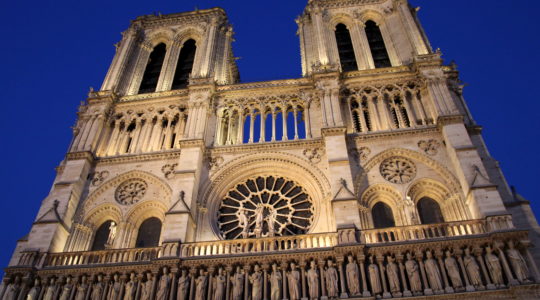Discovery of a shrine dating 5,000 years back on the site of ancient Jericho was reported by Prof. John Garstang, who conducted an expedition there.
Excavations were also made which reveal that Jericho was a well-settled urban center as far back as 6,000 B.C. It was a marketing town for the surrounding pastoral and agricultural communities.
The excavators found the relics of the Neolithic age by paring off layer after layer of the city’s ancient dust until they reached seventeen layers below the 2,000 B.C. level.
They found specimens of the earliest forms of pottery-making, painted neolithic fabrics, a special type of flint instruments and evidence of human sacrifices.
The 3,000 B.C. shrine is almost an exact prototype of the pre-Greek “megaron” or “adyton” — the holy of holies into which only the priest could enter, and then only at certain times — although it antecedes the Greek by more than 2,000 years.
The walls of the shrine are plastered and burnished red. Like the “pronaos” of the primitive Greek “megaron”, it has a veranda-like vestibule supported by six wooden pillars.
Those who worshiped the deity that held sway at Jericho brought their votive offerings to this vestibule. Numerous animal figurines at the shrine indicate the nature of the god worshiped there.
JTA has documented Jewish history in real-time for over a century. Keep our journalism strong by joining us in supporting independent, award-winning reporting.
The Archive of the Jewish Telegraphic Agency includes articles published from 1923 to 2008. Archive stories reflect the journalistic standards and practices of the time they were published.



